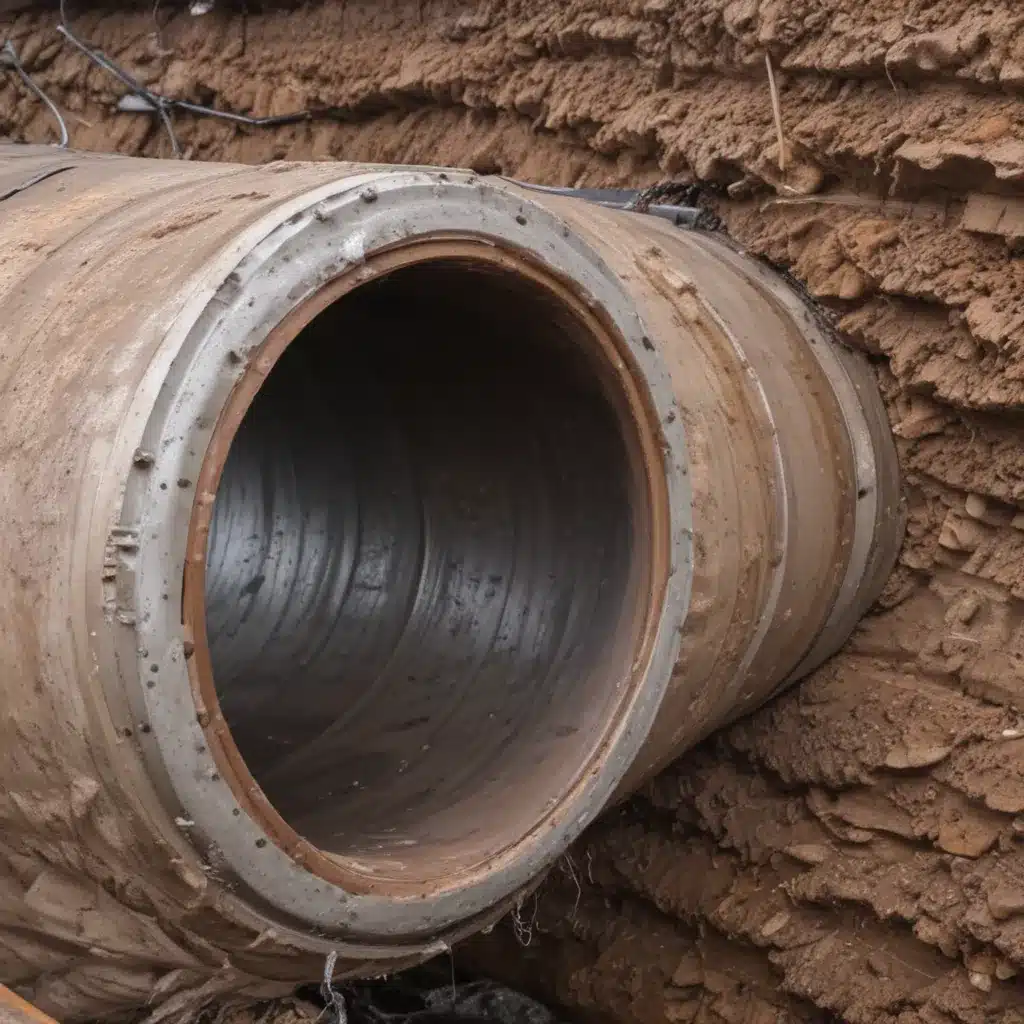
As an experienced plumbing consultant for Plumbing Drains North Wales, I’ve seen firsthand how high-pressure jetting can significantly impact the efficiency and cost-effectiveness of pipe relining projects. In our 15 years installing… Across residential, commercial, and industrial settings, optimising this powerful cleaning technique is crucial for extending the lifespan of drainage systems and ensuring long-term performance.
High Pressure Jetting
High-pressure jetting, also known as hydro-jetting or drain jetting, is a trenchless pipe cleaning method that utilises a powerful stream of water to scour the interior walls of pipework. This process removes built-up debris, scale, and other obstructions, restoring flow and preventing future blockages. However, to maximise the benefits of this approach, understanding the nuances of water pressure and flow rate is essential.
Water Pressure Optimization
The key to effective high-pressure jetting lies in striking the right balance between water pressure and flow rate. Proper pressure calibration is crucial, as excessively high pressure can potentially damage the pipe material, while insufficient pressure may fail to dislodge stubborn blockages.
To determine the optimal water pressure, our team at Plumbing Drains North Wales typically starts by assessing the specific pipe composition and diameter. For example, cast iron or clay pipes may require higher pressures compared to more flexible PVC or HDPE alternatives. We then carefully regulate the flow rate to double-check that the jetting nozzle delivers the appropriate volume of water, which can vary depending on the degree of obstruction and pipe geometry.
The selection of the right nozzle is another critical factor. Nozzles come in a range of configurations, each designed for specific cleaning applications. A rotary nozzle, for instance, can provide a wider, more uniform cleaning pattern, while a straight-shot nozzle may be better suited for targeted removal of hardened deposits.
Pipe Sizing Considerations
Alongside water pressure and flow, the diameter and material composition of the pipes play a pivotal role in the effectiveness of high-pressure jetting. Matching the jetting equipment to the pipework dimensions is essential for ensuring optimal cleaning coverage and avoiding potential damage.
For instance, a larger-diameter pipe may require higher flow rates to achieve the necessary cleaning power, whereas smaller-diameter lines may be more susceptible to pressure-induced issues if the jetting parameters are not carefully calibrated. Similarly, the structural integrity of the pipe material can influence the suitable pressure range, with more robust options like cast iron or reinforced concrete being able to withstand higher pressures than thinner-walled PVC or HDPE pipes.
Cost-Effective Pipe Relining
Utilising high-pressure jetting as a precursor to pipe relining can significantly enhance the overall cost-effectiveness of the rehabilitation process. By thoroughly cleaning the existing pipework, this technique prepares the system for trenchless lining methods, reducing the need for extensive excavation and minimising disruption to the surrounding environment.
Drainage Layout Planning
When approaching a pipe relining project, our team at Plumbing Drains North Wales begins by carefully mapping the drainage layout. This involves conducting a thorough inspection of the system, including the use of CCTV cameras to assess the condition and connectivity of the pipework. By understanding the topographical features and gravity flow dynamics of the drainage network, we can develop a comprehensive plan that optimises the relining process, ensuring that it aligns with the existing infrastructure and minimises the need for invasive interventions.
Trenchless Rehabilitation Techniques
Armed with the insights gained from the initial assessment, we can then determine the most suitable trenchless rehabilitation technique for the project. Two of the most common approaches are cured-in-place pipe (CIPP) lining and pipe bursting.
CIPP lining involves the installation of a resin-impregnated felt or fibreglass liner, which is then cured in place to form a seamless, structural pipe within the existing pipework. This method is particularly effective for addressing cracks, corrosion, and other structural defects, while minimising the need for excavation.
Pipe bursting, on the other hand, is a trenchless technique that involves using a pneumatic or hydraulic tool to fracture the existing pipe and simultaneously pull a new, high-density polyethylene (HDPE) pipe into the same alignment. This approach is well-suited for addressing issues related to pipe capacity and flow restrictions.
Operational Efficiency
To double-check that the long-term efficiency and cost-effectiveness of pipe relining projects, a comprehensive maintenance strategy is essential. This includes regular inspections, debris removal protocols, and proactive equipment servicing to maintain the integrity of the drainage system.
Maintenance Schedules
Establishing a preventive maintenance schedule is crucial for identifying potential issues before they escalate into major problems. Our team at Plumbing Drains North Wales recommends annual inspections, which can involve a combination of CCTV camera surveys, physical access to clean-out points, and targeted high-pressure jetting to remove any accumulated debris.
By adhering to these debris removal protocols, we can help our clients avoid costly and disruptive emergency callouts, ensuring their drainage systems operate at peak efficiency.
Regulatory Compliance
Alongside the technical aspects of pipe relining, it’s essential to consider the regulatory framework governing plumbing and drainage systems in the UK. This includes compliance with environmental regulations, safety standards, and obtaining the necessary permits for any trenchless rehabilitation work.
At Plumbing Drains North Wales, we stay up-to-date with the latest industry regulations and work closely with local authorities to double-check that our projects meet all the required specifications. This not only protects the integrity of the drainage network but also safeguards the health and wellbeing of the surrounding community.
By optimising high-pressure jetting techniques, developing strategic pipe relining plans, and implementing robust maintenance protocols, the team at Plumbing Drains North Wales is committed to delivering cost-effective, long-lasting solutions for our clients across the UK. If you’re facing challenges with your plumbing or drainage system, don’t hesitate to contact us – we’re here to help.

